 Gables
Gables
Entry Category: Arts - Starting with G
 Gables
Gables
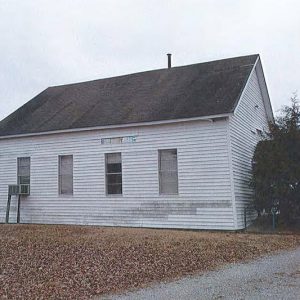 Galatia Church
Galatia Church
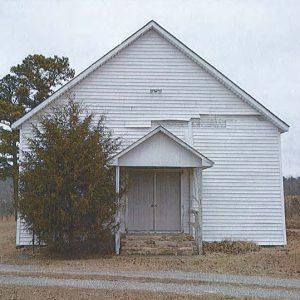 Galatia Church
Galatia Church
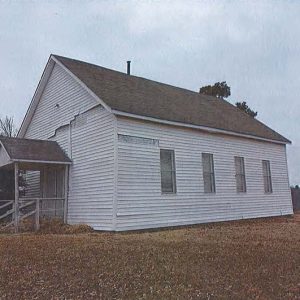 Galatia Church
Galatia Church
 Galatia Church
Galatia Church
Gann House
 Gann House
Gann House
 Gann Museum
Gann Museum
Gann Museum of Saline County
Gant, Glenn Rowlett
Garage Bands
 Garrett Whiteside Hall
Garrett Whiteside Hall
Garrett Whiteside Hall
Garrott House
Garvan Woodland Gardens
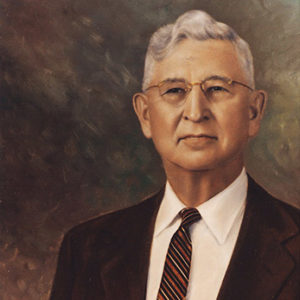 Neal Garver
Neal Garver
Garver, Neal Bryant
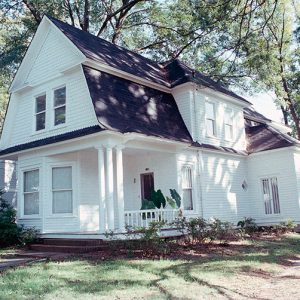 Gatewood House
Gatewood House
Gatewood House
 Gathings Federal Building
Gathings Federal Building
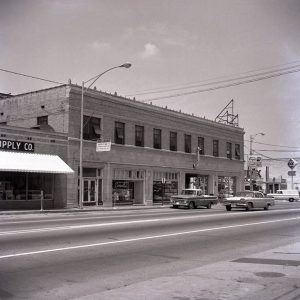 Gay Oil Co. Building
Gay Oil Co. Building
Gay Oil Company Building
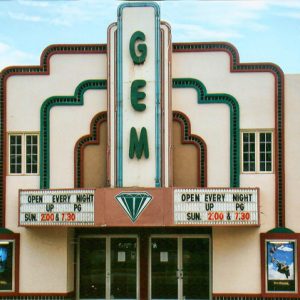 Gem Theater
Gem Theater
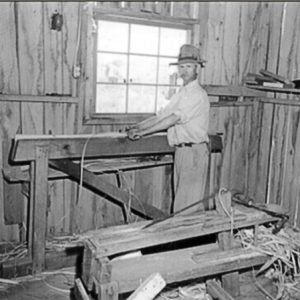 George Gibson
George Gibson
George W. Mallett House
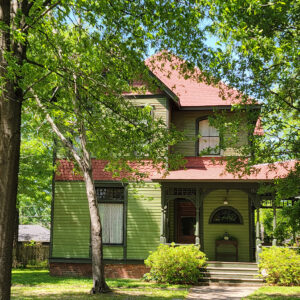 Gibb House
Gibb House
Gibb, Frank Wooster
Gibson Baskets
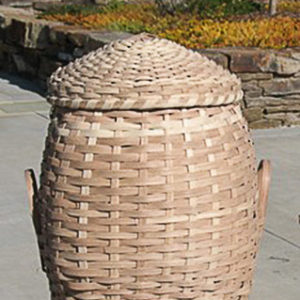 Gibson Hamper
Gibson Hamper
Gilbert, Cass
Gilbert, Ollie Eva Woody
 Ollie Gilbert
Ollie Gilbert
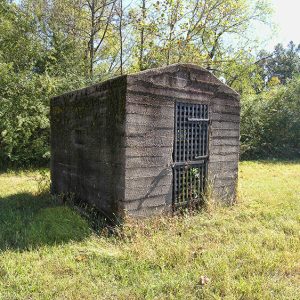 Gillham City Jail
Gillham City Jail
Gillham City Jail
Gillis, Ann
aka: Alma Mabel Conner
Ginocchio, Frank Joseph
 Girls Domestic Science and Arts Building
Girls Domestic Science and Arts Building
Girls Domestic Science and Arts Building (Arkansas Tech University)
aka: Old Art Building (Arkansas Tech University)
aka: Browning Hall (Arkansas Tech University)
Gladys McFadden and the Loving Sisters
Glenwood Iron Mountain Railroad Depot
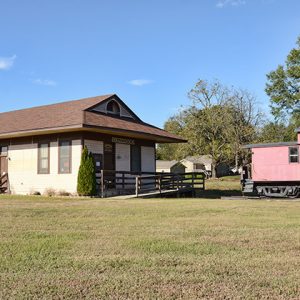 Glenwood Iron Mountain Railroad Depot
Glenwood Iron Mountain Railroad Depot
Glosson, Lonnie
Glover, Henry Bernard
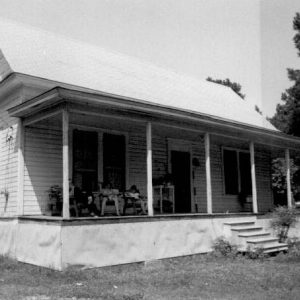 Goodgame House
Goodgame House
 Goodgame House Outbuilding
Goodgame House Outbuilding
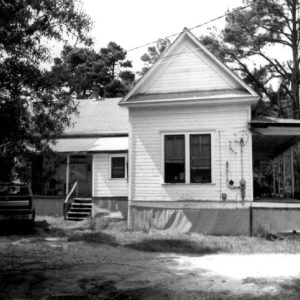 Goodgame House Side View
Goodgame House Side View
Goodwin, Harvey Wilson
aka: Harvey Lee
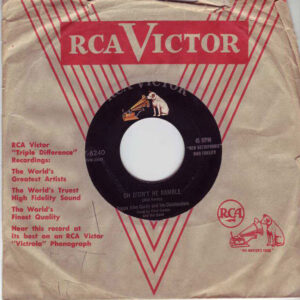 Poppa Gordy Record
Poppa Gordy Record
Gospel Music
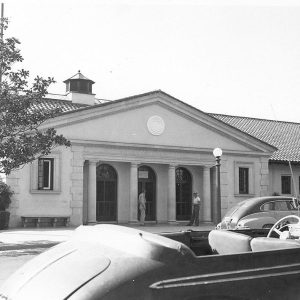 Government Free Bathhouse
Government Free Bathhouse




